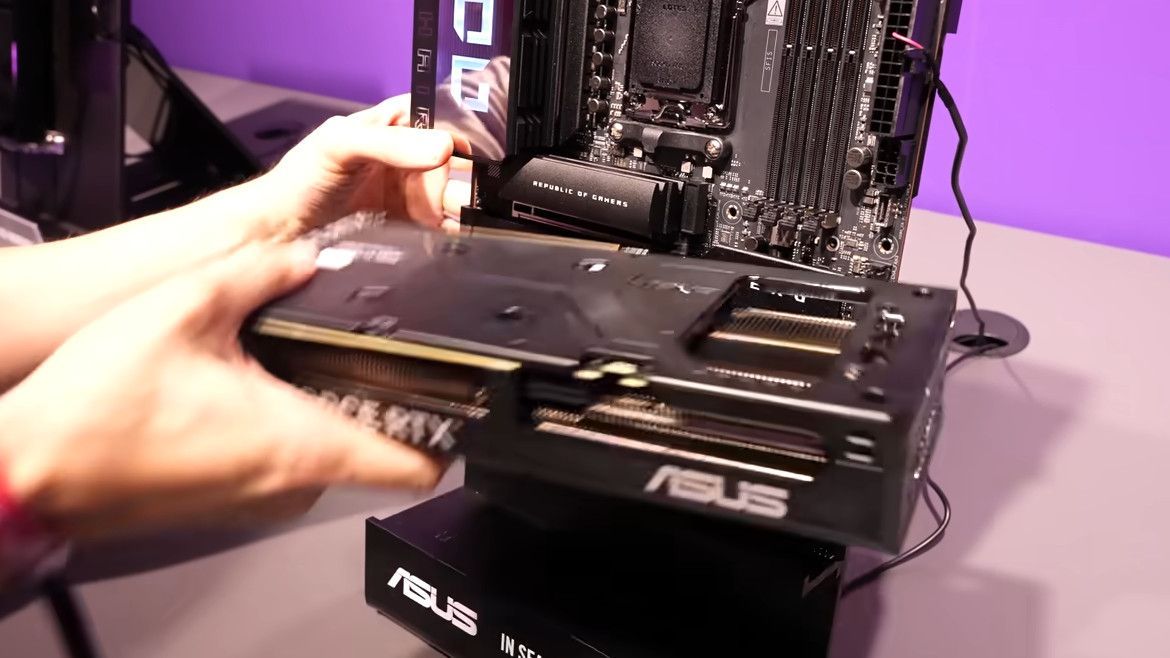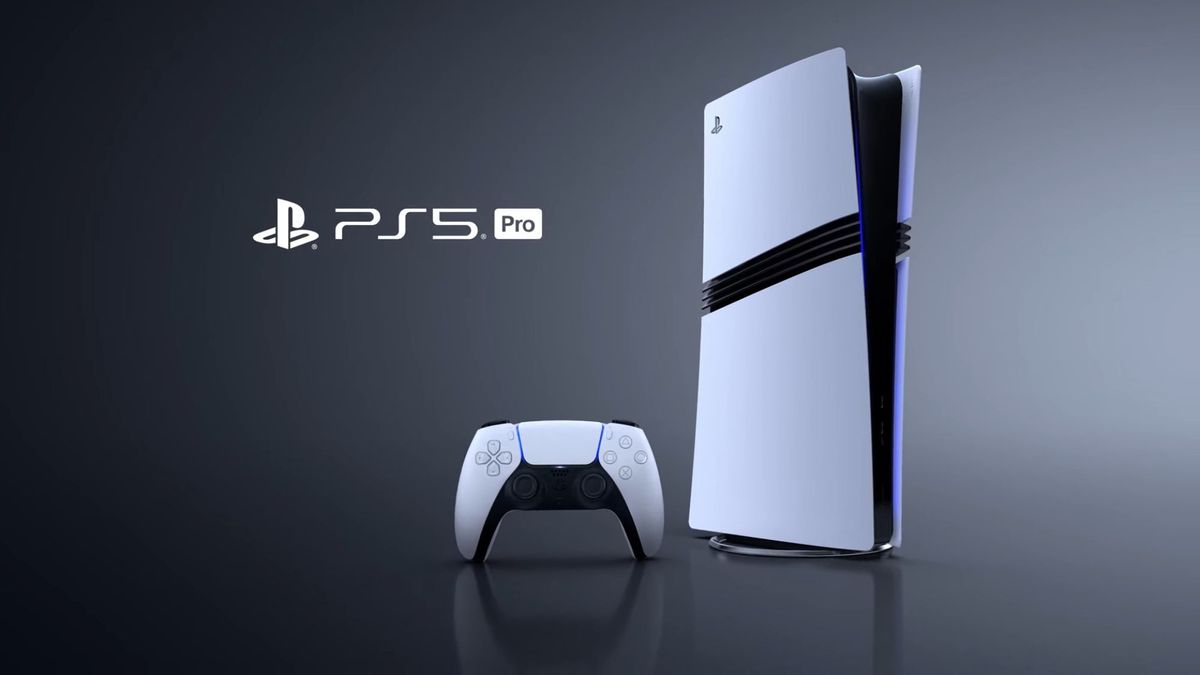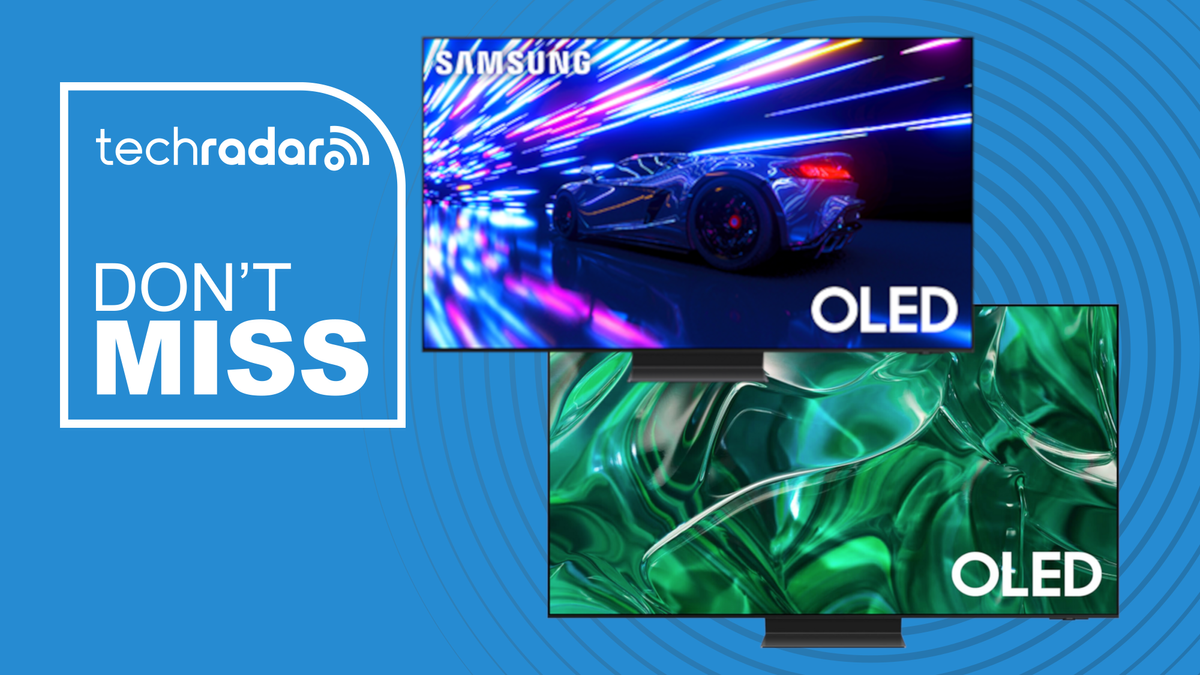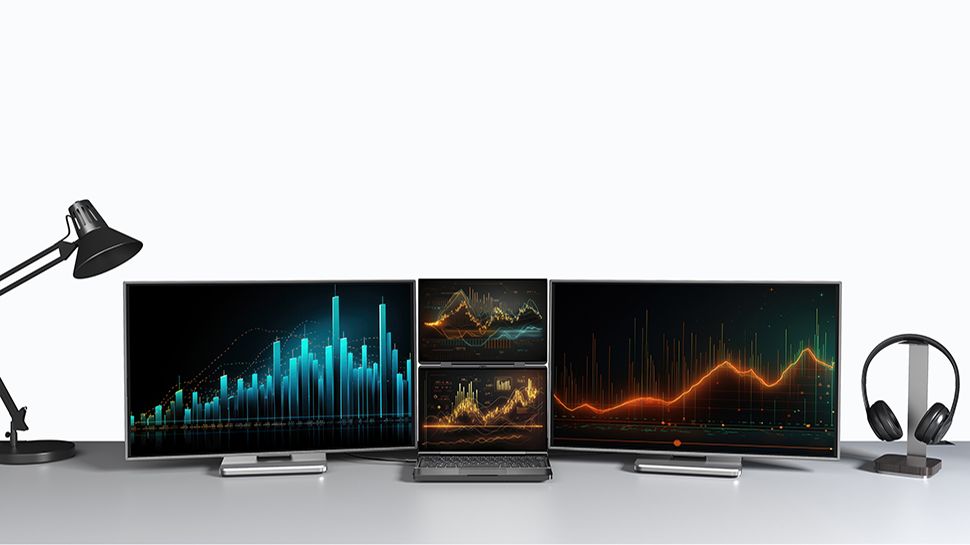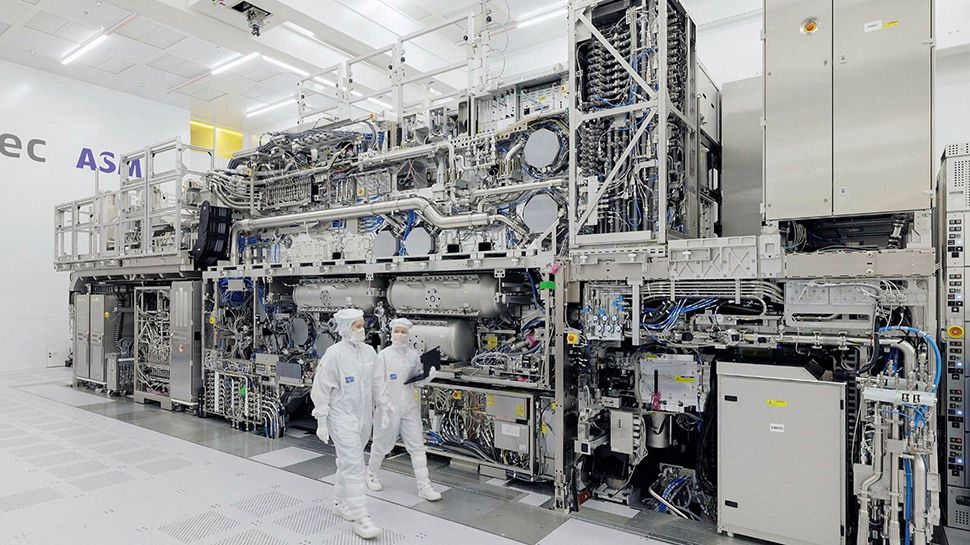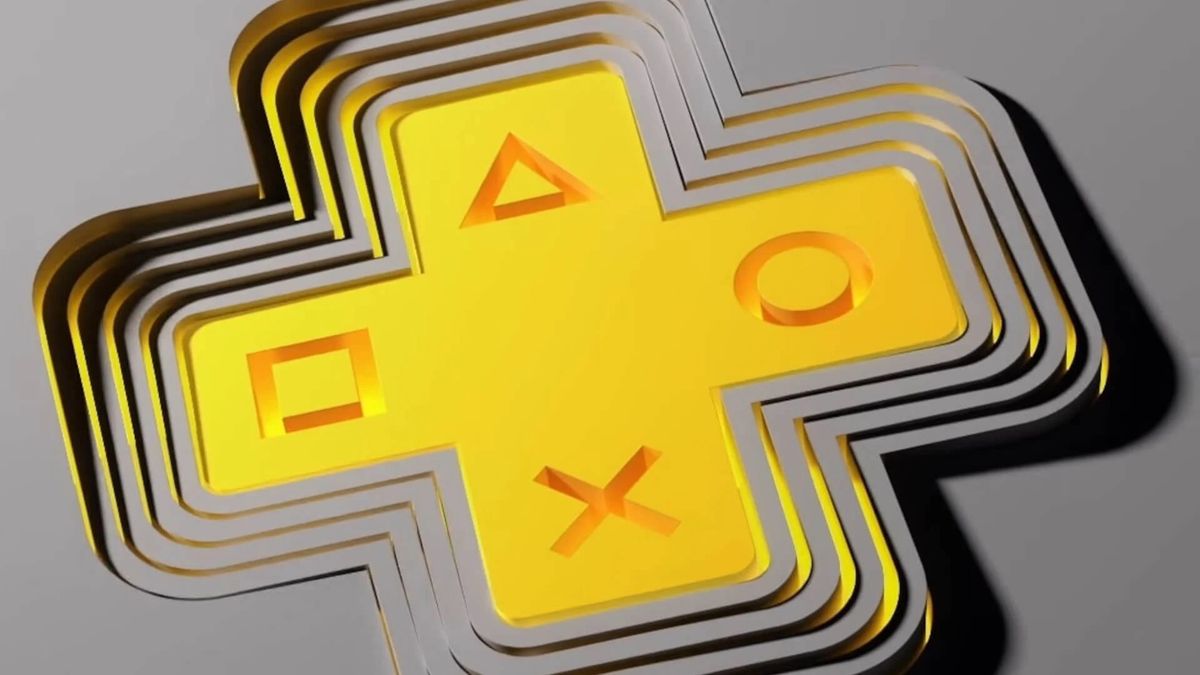Motherboard makers are seemingly picking up the pace with the transition to new designs for PCIe graphics card slots, where the traditional latch is being eliminated in favor of a button or a completely seamless mechanism in the case of Asus.
VideoCardz is reporting on a proliferation of new motherboards for AMD and Intel's new 800-series products that remove the GPU latch, including boards from Asus and MSI just shown off at Gamescom, and likely more to come from ASRock, Biostar, and Gigabyte (which demoed similar concepts at Computex not long ago).
At this point, we need to back up a bit to get some context. To start, for those wondering what the “latch” refers to, it’s the clip on the back of the PCIe slot that ensures the graphics card is held firmly in place in the interface. You need to pull that latch back to remove the card when it comes to, say, an upgrade (or maybe you need to take the board out for cleaning).
The problem is that while this can be a relatively straightforward process, sometimes the latch can be a bit tricky, especially if you have a PC where the inside of the case is packed with hardware and there's very little room to maneuver.
If you have a giant high-end graphics card and perhaps a heavy CPU cooler as well, you might not even be able to reach the latch with your fingers when it comes to popping out the GPU. In that case, PC owners often resort to something like a chopstick to poke through a small gap and press the latch in – a really tricky endeavor.
Some less savvy people may even use a screwdriver and end up breaking the latch or accidentally hitting your motherboard in a clumsy attempt to press it down, perhaps damaging components in the process.
That’s why, in recent times, we’ve seen a push-button release mechanism come into play, such as the one MSI has been showing off with its Intel Z890 MPG Edge motherboard. All you need to do is hold down the button (located on the side of the motherboard, in an easily accessible spot) to move the latch into the open position. These sorts of designs have been around for some time now, but they’re becoming more common, as mentioned.
Asus has gone one step further with a new AMD X870 motherboard, as demonstrated by expert overclocker Der8auer at Gamescom, which features a system called PCIe Q-Release Slim (see YouTube clip below).
View in
This is a fully integrated quick-release mechanism that, during installation, simply pushes the graphics card in, and to remove it, simply pull on the front of the board and it pops out, like magic. (As Der8auer illustrates, if you pull anywhere other than the front of the card, it will remain firmly seated.)
Analysis: Look, Mom, there's no latch!
In fact, Asus already used the PCIe Q-Release Slim invention on a previous motherboard (the ROG Maximus Z790 Hero BTF), or at least something very similar, but that went completely unnoticed by us, and it seems the company now has broader plans to push the quick-release mechanism with the 800 series motherboards.
Other motherboard manufacturers are also increasingly using the aforementioned buttons to release the system, so is the latch officially dead now? Well, it seems like it's definitely on its way out, but there are some concerns being expressed, at least regarding the perfect solution that Asus has introduced.
Okay, so the latch isn't a huge deal, but if it does break, it doesn't render the PCIe slot unusable (it just makes it more precarious). What some people are concerned about is that if Asus' Q-Release mechanism fails, you'll end up with a graphics card stuck in the PCIe slot, with no apparent method of removing it (at least not one that doesn't have a high chance of breaking your motherboard into several pieces). And it is, of course, a more complex mechanism than a simple latch, so it's likely to be more likely to fail.
Still, the stuck GPU scenario shouldn't really happen, and if Asus has designed the PCIe Q-Release Slim mechanism well (given that this is its second-generation effort, as noted), then it seems to be a fairly convenient way to deal with installing and removing a graphics card.
Either way, it looks like we'll definitely be seeing more button-pulling mechanisms on AMD and Intel 800 series motherboards, and perhaps more sophisticated concepts beyond the one from Asus.

